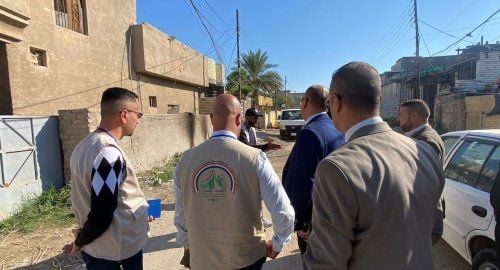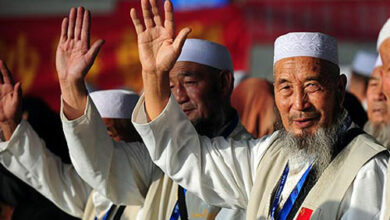
Iraq’s population has reached 46.1 million, according to final census results released by the Ministry of Planning. This marks an increase from 45.4 million reported in November.
The census shows that 70.17% of Iraq’s population lives in urban areas, compared to 29.83% in rural regions. In the Kurdistan Region, urbanization is even higher at 84.57%. The gender ratio stands at 101 males per 100 females, with 60.44% of the population in the working-age group (15-64 years).
Marriage data reveals an average first marriage age of 24.06 years for men and 20.7 years for women, while 54% of Iraqis are married and 41.6% remain single. The fertility rate stands at 3.9 children per woman, slightly lower in Kurdistan at 3.5.
Economically, 41.61% of Iraqis aged 15 and older are active in the workforce, with 38.25% employed in the public sector. Literacy remains a challenge, with 15.31% of Iraqis over 10 years old classified as illiterate.
Infrastructure data shows 87% of households have access to drinking water and 98% to public electricity, while 44% are connected to a sewage network. The homeownership rate stands at 72.15% nationwide.
The Ministry of Planning sees the findings as an important step in addressing challenges in education, infrastructure, and economic development.





